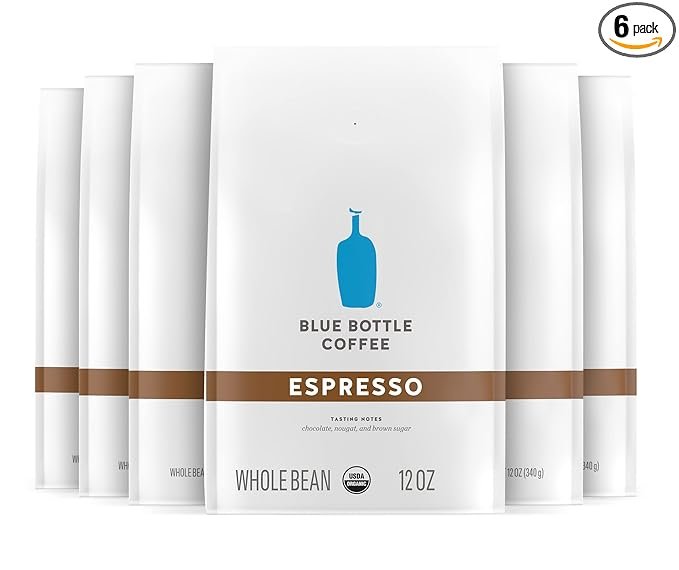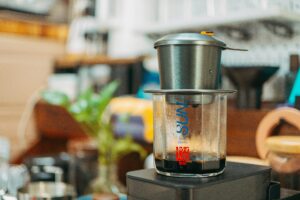Caffeine, the magic ingredient found in our beloved coffee, can be a savior or a concern depending on how much you consume. For many coffee enthusiasts and health-conscious individuals, knowing how much caffeine they’re consuming is crucial. Starbucks, being one of the most popular coffee chains globally, offers a variety of iced coffee drinks that are both delightful and energizing. But how much caffeine does each option pack?
In this detailed guide, we’ll uncover the caffeine content in Starbucks iced coffee offerings, explore the factors influencing caffeine levels, and provide some FAQs to address common concerns.
Table of contents
Understanding Caffeine Levels in Coffee
Before diving into specific Starbucks offerings, it’s essential to understand what determines caffeine content in coffee:
- Type of Coffee Bean: The two primary types of coffee beans are Arabica and Robusta. Robusta beans generally have twice as much caffeine as Arabica beans.
- Brew Method: Different brewing methods extract caffeine differently. For instance, espresso has a higher concentration of caffeine per ounce compared to drip coffee.
- Serving Size: Obviously, larger servings contain more caffeine. However, the concentration per ounce could vary.
- Roast Level: While it might seem counterintuitive, lighter roasts generally have slightly more caffeine than darker roasts, as the roasting process can reduce caffeine content.
Starbucks Iced Coffee Offerings
Starbucks has an extensive menu of iced coffee drinks. Here’s a breakdown of some popular choices and their caffeine content:
1. Classic Iced Coffee
The classic iced coffee at Starbucks is a simple yet refreshing drink. Made by brewing double-strength coffee and then cooling it down, this drink is a staple for many.
- Tall (12 fl oz): 120 mg of caffeine
- Grande (16 fl oz): 165 mg of caffeine
- Venti (24 fl oz): 235 mg of caffeine
- Trenta (31 fl oz): 285 mg of caffeine
Blue Bottle Whole Bean Organic Coffee

- Whole Bean
- Espresso
- Caffeinated
- Dark Roast
2. Iced Espresso Beverages
Starbucks offers several iced espresso-based drinks, including the Iced Latte, Iced Americano, and Iced Macchiato. Here’s how they compare:
Iced Latte (Espresso with milk over ice)
- Tall (12 fl oz): 75 mg of caffeine (1 shot of espresso)
- Grande (16 fl oz): 150 mg of caffeine (2 shots of espresso)
- Venti (24 fl oz): 225 mg of caffeine (3 shots of espresso)
Iced Americano (Espresso with water over ice)
- Tall (12 fl oz): 150 mg of caffeine (2 shots of espresso)
- Grande (16 fl oz): 225 mg of caffeine (3 shots of espresso)
- Venti (24 fl oz): 300 mg of caffeine (4 shots of espresso)
3. Cold Brew
Starbucks’ Cold Brew is steeped slowly in cold water for 20 hours, resulting in a smooth and strong flavor profile.
- Tall (12 fl oz): 150 mg of caffeine
- Grande (16 fl oz): 200 mg of caffeine
- Venti (24 fl oz): 300 mg of caffeine
- Trenta (31 fl oz): 360 mg of caffeine
4. Nitro Cold Brew
Cold Brew infused with nitrogen gas creates a creamy, frothy texture. Nitro Cold Brew is served without ice, enhancing its caffeine concentration.
- Tall (12 fl oz): 215 mg of caffeine
- Grande (16 fl oz): 280 mg of caffeine
5. Starbucks Refresher
While not a traditional iced coffee, Refreshers are popular iced beverages that contain caffeine derived from green coffee extract.
- Tall (12 fl oz): 45 mg of caffeine
- Grande (16 fl oz): 60 mg of caffeine
- Venti (24 fl oz): 85 mg of caffeine
- Trenta (31 fl oz): 100 mg of caffeine
Factors Influencing Caffeine Sensitivity
The amount of caffeine you can consume without adverse effects varies based on several factors:
- Body Weight: Generally, individuals with higher body weight can tolerate more caffeine.
- Age: Sensitivity to caffeine can increase with age.
- Gender: Women might experience varying sensitivity due to hormonal changes.
- Genetics: Genetic factors can affect how quickly caffeine is metabolized.
- Caffeine Tolerance: Regular consumers of caffeine may develop a tolerance leading to lesser noticeable effects over time.
Health Considerations
While moderate caffeine consumption can offer benefits like increased alertness and improved mood, excessive intake can lead to adverse effects such as insomnia, jitteriness, and rapid heart rate. According to the FDA, up to 400 mg of caffeine per day (equivalent to about four 8-ounce cups of brewed coffee) is generally considered safe for most adults.
FAQs
1. How much caffeine is too much?
Exceeding 400 mg of caffeine per day is generally considered excessive for most adults and can lead to negative health effects. Pregnant women, individuals with heart conditions, and those sensitive to caffeine should consume even less.
2. Does the type of milk or syrup in iced coffee affect caffeine content?
No, the type of milk or syrup used does not affect the caffeine content of the iced coffee.
3. Is cold brew stronger than regular iced coffee?
Yes, cold brew is typically stronger and contains more caffeine than regular iced coffee due to its brewing method and longer steeping time.
4. Can I get a decaf iced coffee at Starbucks?
Yes, Starbucks offers decaf versions of many of their iced beverages, including lattes and Americanos.
5. How does Starbucks’ Nitro Cold Brew compare to regular cold brew in terms of caffeine?
Nitro Cold Brew usually contains more caffeine per ounce compared to regular cold brew because it is served without ice, making it more concentrated.
Final Thoughts
Understanding the caffeine content in your favorite Starbucks iced coffee can help you make informed choices that align with your health and lifestyle goals. Whether you’re a coffee enthusiast, health-conscious individual, or a home barista, knowing what’s in your cup is key. Enjoy your coffee responsibly and savor every sip!
By keeping these insights in mind, you’re well on your way to mastering your Starbucks iced coffee choices. Enjoy exploring the menu and discovering new favorites!
—
Ready to dive into more coffee insights and tips? Make sure to subscribe to our blog and follow us on social media for the latest updates and exclusive content!






